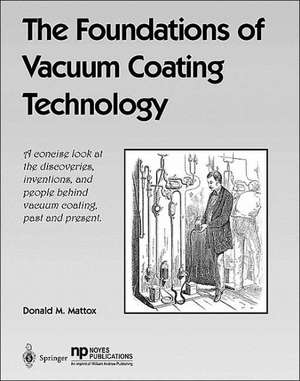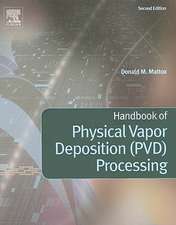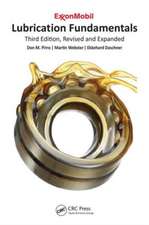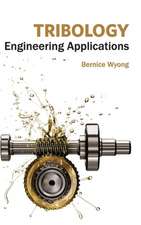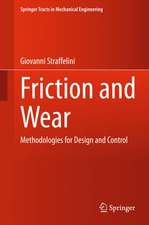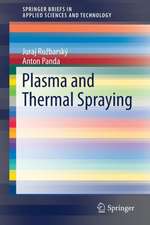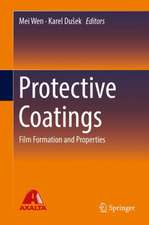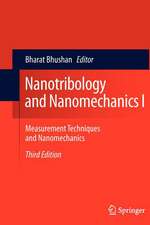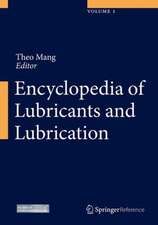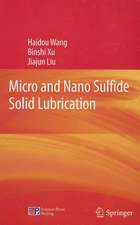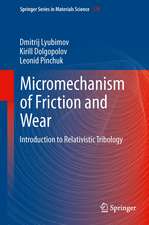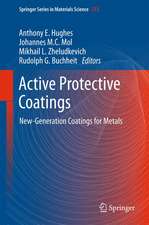The Foundations of Vacuum Coating Technology
Autor Donald M. Mattoxen Limba Engleză Paperback – 26 apr 2004
| Toate formatele și edițiile | Preț | Express |
|---|---|---|
| Paperback (2) | 386.81 lei 6-8 săpt. | |
| Springer Berlin, Heidelberg – 26 apr 2004 | 386.81 lei 6-8 săpt. | |
| ELSEVIER SCIENCE – 22 aug 2018 | 688.15 lei 5-7 săpt. |
Preț: 386.81 lei
Nou
Puncte Express: 580
Preț estimativ în valută:
74.01€ • 77.28$ • 61.12£
74.01€ • 77.28$ • 61.12£
Carte tipărită la comandă
Livrare economică 15-29 aprilie
Preluare comenzi: 021 569.72.76
Specificații
ISBN-13: 9783540204107
ISBN-10: 3540204105
Pagini: 164
Ilustrații: IX, 150 p. 32 illus.
Dimensiuni: 210 x 279 x 9 mm
Greutate: 0.39 kg
Ediția:2003
Editura: Springer Berlin, Heidelberg
Colecția Springer
Locul publicării:Berlin, Heidelberg, Germany
ISBN-10: 3540204105
Pagini: 164
Ilustrații: IX, 150 p. 32 illus.
Dimensiuni: 210 x 279 x 9 mm
Greutate: 0.39 kg
Ediția:2003
Editura: Springer Berlin, Heidelberg
Colecția Springer
Locul publicării:Berlin, Heidelberg, Germany
Public țintă
ResearchCuprins
Early Vacuum Science and Technology.- Early Electricity and Magnetism.- Early Plasma Physics and Chemistry.- Some Scientific and Engineering Societies and Publications.- Patents and the U.S. Patent Office.- Deposition Processes.- Surface Preparation.- Summary.- Endnotes.- References.- Acronyms Used in Vacuum Coating.- Glossary of Terms for Vacuum Coating.
Textul de pe ultima copertă
The Foundations of Vacuum Coating Technology is a concise review of the developments that have led to the wide variety of applications of this technology. This book is a must for materials scientists and engineers working with vacuum coating in the invention of new technologies or applications in all industries. With over 370 references, this is an excellent starting point for those who don’t want to reinvent the wheel. In particular, the book is a valuable reference for those interested in researching proposed or existing patents. This unique book provides a starting point for more in-depth surveys of past and recent work in all aspects of vacuum coating. The author uses his extensive knowledge of the subject to draw comparisons and place the information into the proper context. This is particularly important for the patent literature where the terminology does not always match industry jargon. A section of acronyms for vacuum coating and glossary of terms at the end of the book are critical additions to the information every reader needs.
Caracteristici
Concise review of Vacuum Coating Technology
